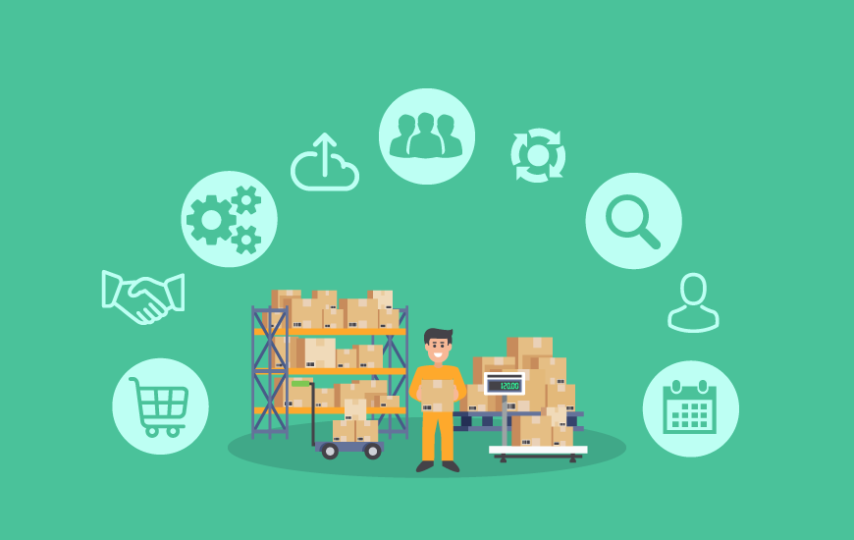What is an Inventory management system?
An inventory management system (also known as an inventory system) is a method of tracking items across your whole supply chain, from purchase to production to final sales.
Why do you require an Inventory management System?
Any business that deals with stock will require a system to track and regulate it accurately. You will be working on an ad hoc basis if you don’t have one, and you will quickly find yourself in situations where your firm is overstocked or understocked.
Inventory management systems tell you how many parts or ingredients you will need to make or assemble your final product. You may end up with surplus stock, eroding your bottom line, or inadequate stock to meet client demand if you don’t have this information. Today, it is critical for a company to understand its inventory in order to run efficient and speedy operations at a reasonable cost. From the perspective of the customer, it enables you to give superior customer care by facilitating speedy delivery and reduced shipping costs, therefore exceeding customer expectations.
Terminology used in inventory management
When it comes to inventory management tactics and software, you will need to know the following terms:
Stock takes – The process of manually confirming the quantity of stocked merchandise at a business location or offsite warehouse is known as stock taking.
Categorization– It is the process of organising and categorising content based on a variety of details and qualifiers.
A purchase order- Purchase order is a document that instructs your supplier to restock inventories.
RFID – Radio frequency identification (RFID) is a way of tagging, tracking, and locating products in your supply chain, whether in a warehouse, in transit, or on store floors.
SKUs (stock keeping units) are a common means of cataloguing and referencing products in your inventory.
Bundle – A bundle is a collection of products packed together and marketed under one SKU.
Landed Cost – The complete sum of costs and expenses associated with bringing things into your inventory, such as shipping, taxes, manufacture fees, and so on.
Why do you need an inventory management system for small business?
When you have to track the number of products across several locations and inventory purchasers, inventory management becomes complicated. This is when inventory management system plays a crucial role in your business. Inventory management software and apps help to track and manage inventory throughout your whole company, forecasting future demands and automatically buying new inventory when needed. Since inventory management is an inherent part of running an online business, many of the top e-commerce systems include it as a feature.
It’s an essential part of any company’s IT stack, and it’s required to properly navigate and move with the changing demands of production. Inventory management is critical for small firms that want to maximise the efficiency of their operations. There are many factors that can cause a business to fail such as a worldwide pandemic but a lack of merchandise to sell is a definite way to do so. Larger organisations and enterprises have more leeway to make mistakes due to inventory shortages or surpluses, but this is not the case for small businesses. In order to enhance performance and sustain development, small firms must work within their resources. Even if the small firms need to start with free inventory system, it will be a huge improvement over using a spreadsheet to keep track of your goods.
Inventory management has become critical to a company’s existence in today’s world. If you don’t have proper inventory control, the day will come when you lose control of your profits. Allowing inventory excess or shortages to determine your destiny is a bad idea.







